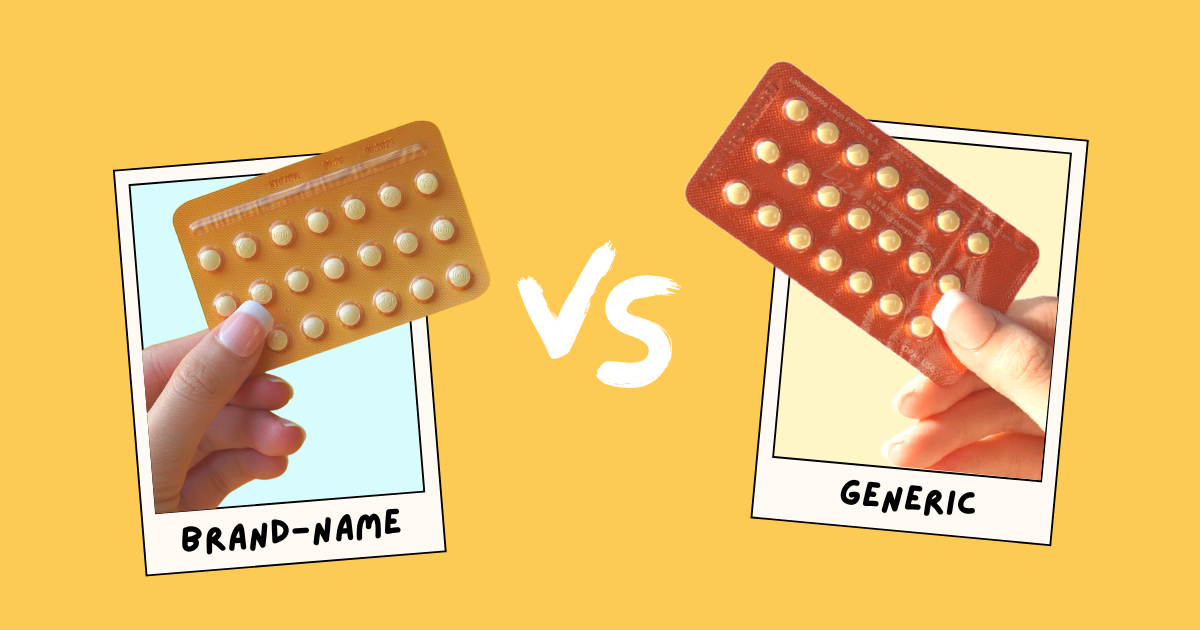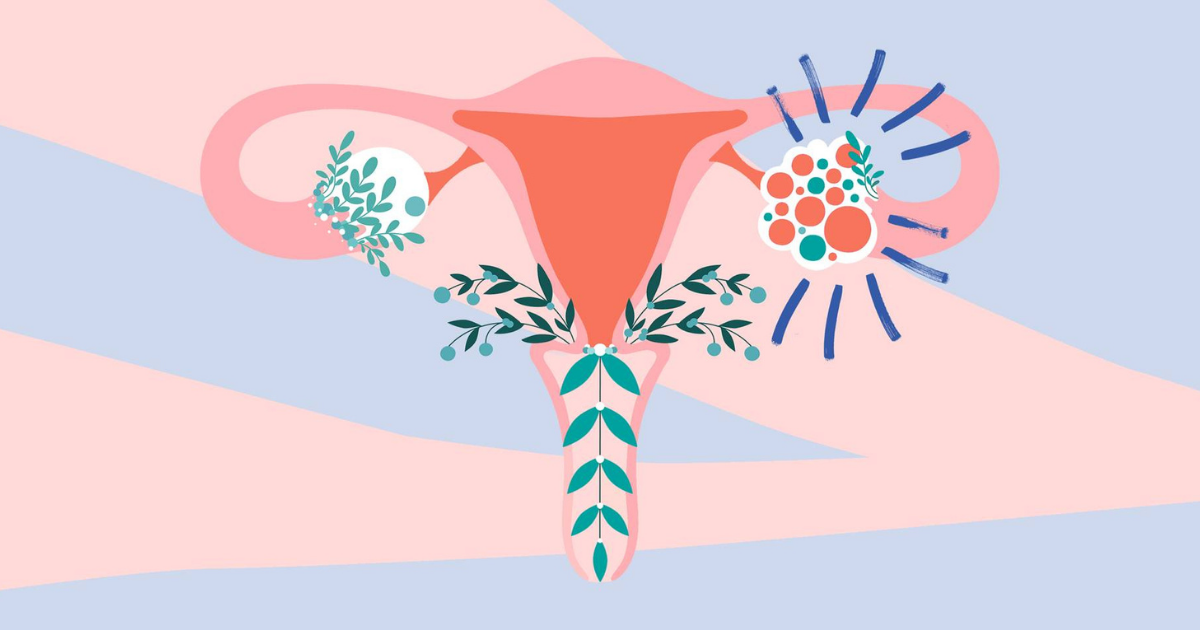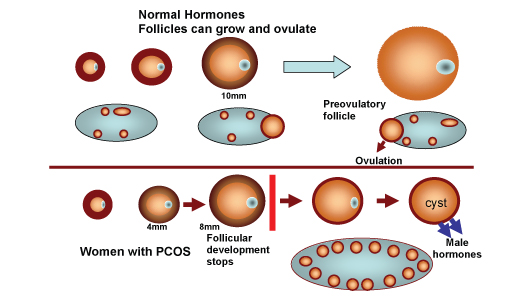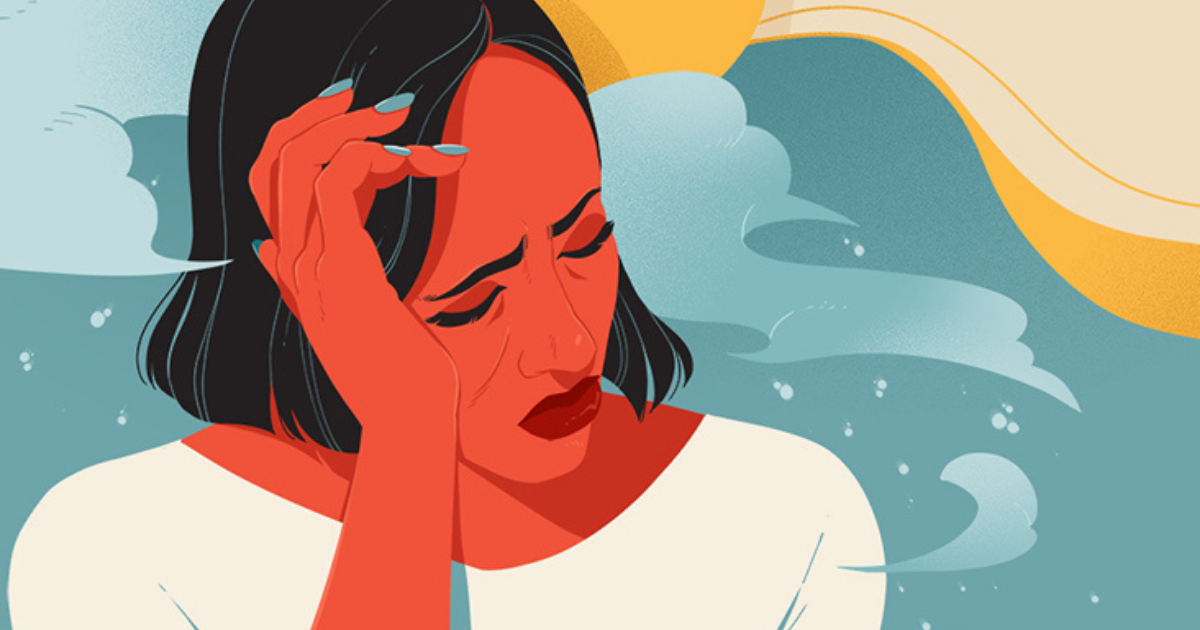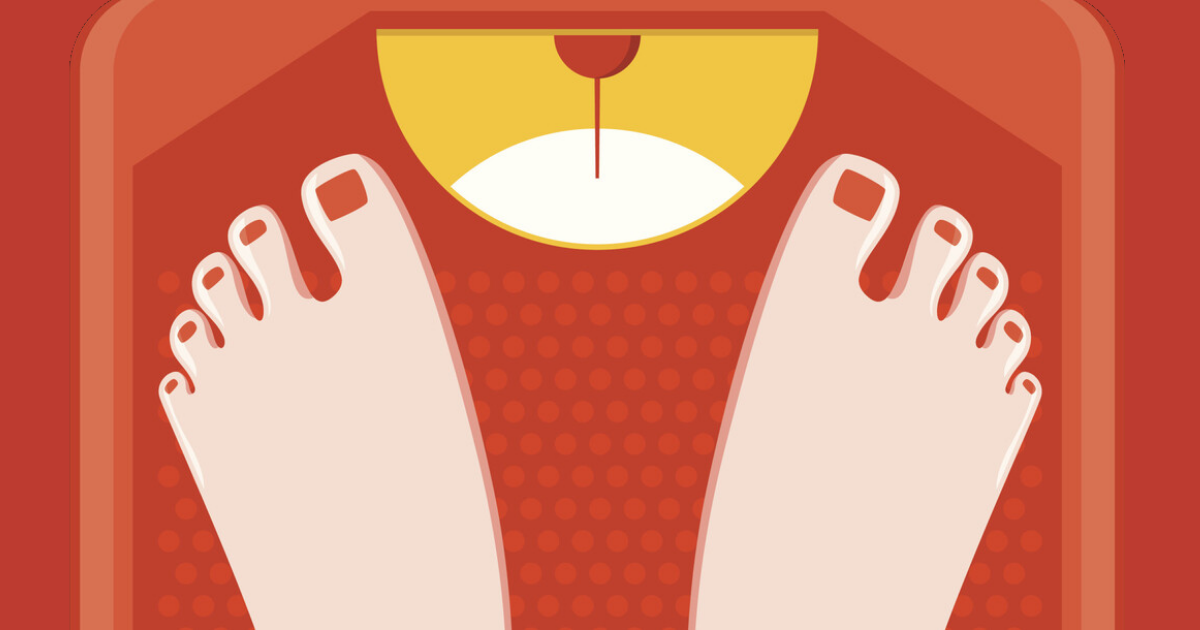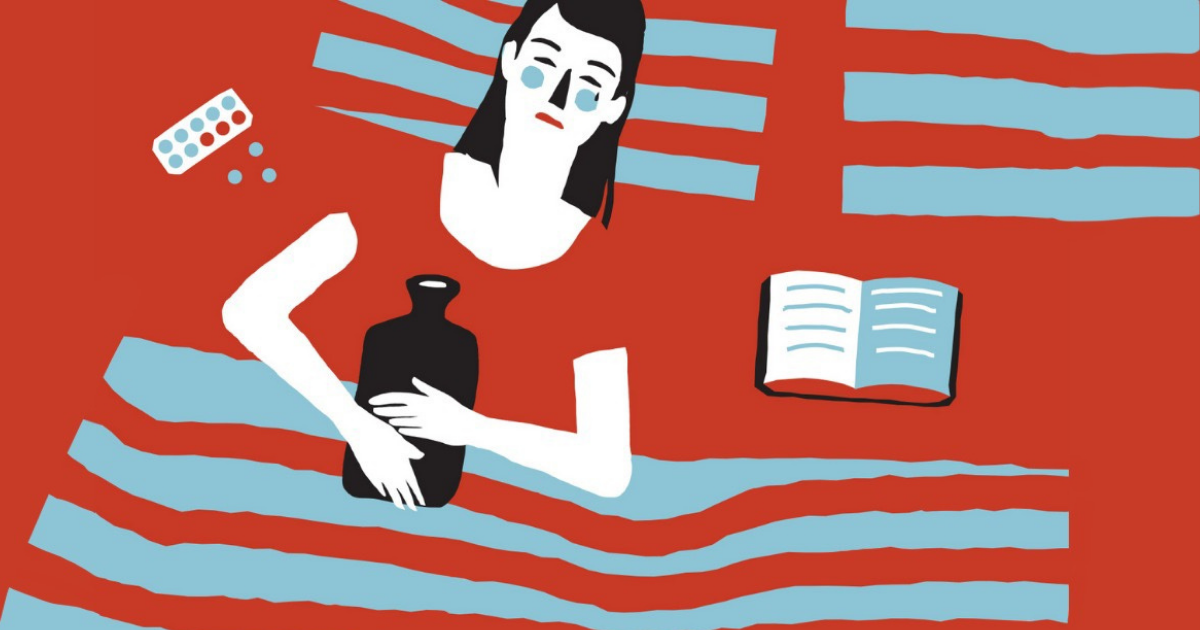When it comes to choosing your preferred choice of birth control pills, do you perceive brand name to be better than generic? Well perhaps, it’s time to rethink some of the criteria you typically use to evaluate whether one is better than the other!
After all, both brand and generic birth control have to undergo rigorous review processes to establish their safety and effectiveness, before being approved for sale by the United States Food and Drug Administration (FDA).
By the time you’re done with this article, you’ll hopefully get a better idea of their similarities, differences and why there’s no reason to worry no matter which type of birth control pills you’re prescribed.
What Is A Brand Name Birth Control Pill?
They’re the pioneers and innovators! Brand name birth control is exclusively protected under a 20-year patent before the generic version of the drug can be released.
Some of the common brand names include Yaz, Yasmin, Microgynon 30, Mercilon and Diane 35.
What Is A Generic Birth Control Pill?
As the term suggests, they are the generic versions of brand name birth control. Once the patent expires, generics can enter the market to compete too.
According to the FDA, generics are “copies of brand name drugs that have exactly the same dose, intended use, side effects, route of administration, risks, safety, and strength as the original drug.”
Liza, Estelle 35 and Drospera are a few examples of generic birth control pills.
So You Might Be Wondering, What’s The Difference Between Generic And Brand Name Birth Control Pills?
By law, trademark protection requires generic drugs to look different from their brand name counterparts despite having the same effects. Thus, they differ in terms of:
- Size
- Shape
- Colour
- Packaging
- Inactive ingredients (e.g. fillers, flavours, preservatives, binders)
However, it’s important to note that these slight variations will not affect the efficacy of the birth control pills for pregnancy prevention although they may affect the type of side effects you experience (if any).
Some women may face breakthrough bleeding, mood changes, acne or other side effects when switching from one type of birth control to another.
Birth control has many other benefits besides preventing pregnancy. It is often used to treat heavy menstrual bleeding, period cramps, and PMS. If you’re more sensitive to hormonal variations, you may also find brand name birth control more suitable compared to generics.
One last differentiating factor between generic and brand name birth control is the cost. Generics are cheaper as they can cost up to 85% less than the branded version.
But ultimately, they work the same!
Clearing Your Misconceptions On Generic Birth Control
As you’ll see in this section, especially for those of you who are still wary about going on generic birth control, there’s no need to get worked up if you’re prescribed generics!
Generic birth control is as safe and effective as the original brand name birth control
Don’t you worry, both generic and brand name birth control have the same benefits and effects. Manufacturers have to prove that the drugs are bioequivalent, such that they work the same way and are proven to be equally effective.
Generic drugs can only be FDA-approved if they meet all the same requirements that are also applied to brand name drugs. They also have to adhere to the same quality, strength and purity standards as branded birth control.
Cheaper doesn’t mean it’s less effective
You pay for what you get right? Yeah, we know what you might be thinking.
But it’s different when it comes to birth control medications. The quality of your generic birth control pill is not at all compromised despite its lower cost! In fact, the majority of women also do well on generic birth control.
The only reason why generics are less expensive is simply because they didn’t have to invest in actually creating the drug. New drugs are usually subjected to years of testing through clinical trials, research and development which can cost up to millions of dollars.
But for pharmaceutical companies manufacturing generic birth control, all they need to do is manufacture the product and here’s the good news. They pass on these savings to customers like you!
What To Do If You Experience Problems With Your Birth Control Pills
Generally, as both generic and brand name birth control contain the same active ingredients, any side effects are likely to be similar even if you decide to opt for the latter.
If you do experience problems, definitely seek professional advice from your doctor. If you recently changed your birth control, ask to be switched back to the one you’re used to, or even another generic version of the same formula.
Should I Choose Branded or Generic Birth Control?
It really depends on you. We’re just here to assure you that no matter which type of birth control you choose, they’re all safe and work the same!
But if cost is a factor for you when it comes to buying birth control, it might be worth trying generic birth control pills first.
And if you’re sensitive or possibly allergic to certain drugs or ingredients, have a look at the list of inactive ingredients before you decide. Although in most cases, you usually won’t be able to predict and know for sure how your body will react to the contraceptive pill till you try it.
Remember, be patient with yourself as it’s all about trial and error! Here at Siena, we’re ready to help you explore your options just so you can find the perfect birth control suitable for your unique bodies.
References:
- Ghoshal, M. (2020, December 15). Generic vs. Brand-name Drugs: Is There a Difference? Healthline. https://www.healthline.com/health/drugs/generic-vs-brand.
- United States Food and Drug Administration. (n.d.). Generic Drug Facts Handout. https://www.fda.gov/media/107601/download.
